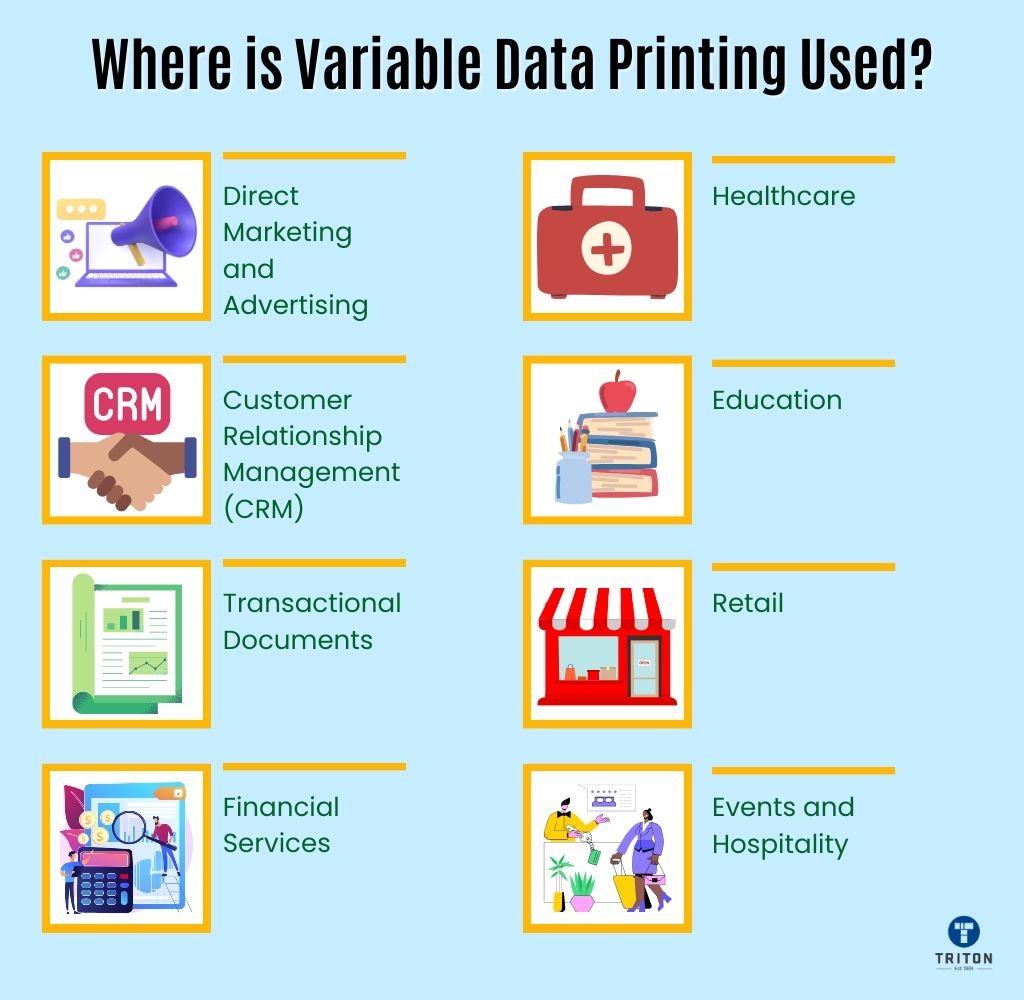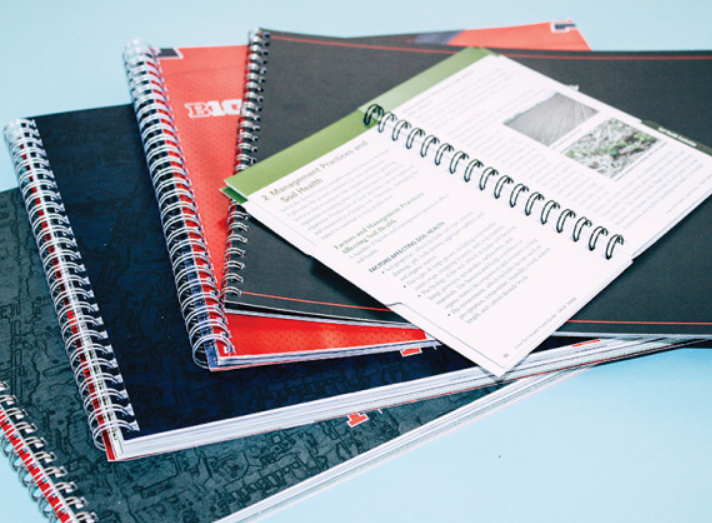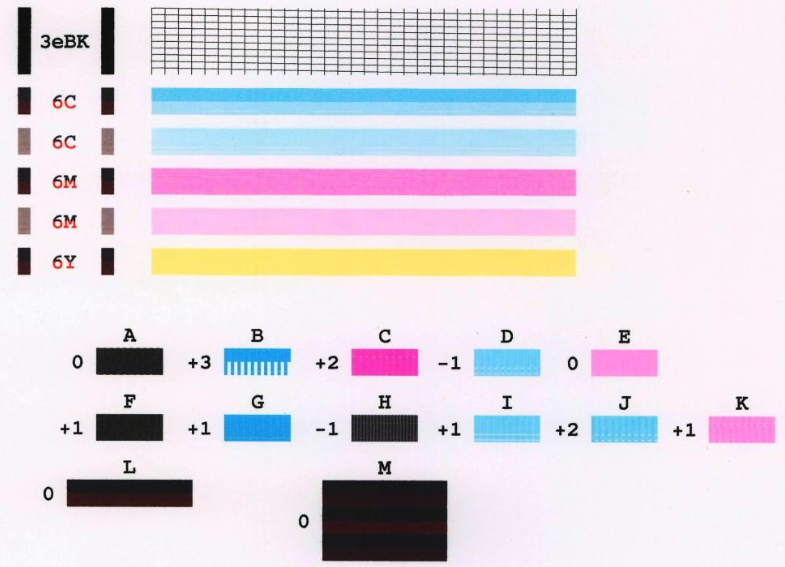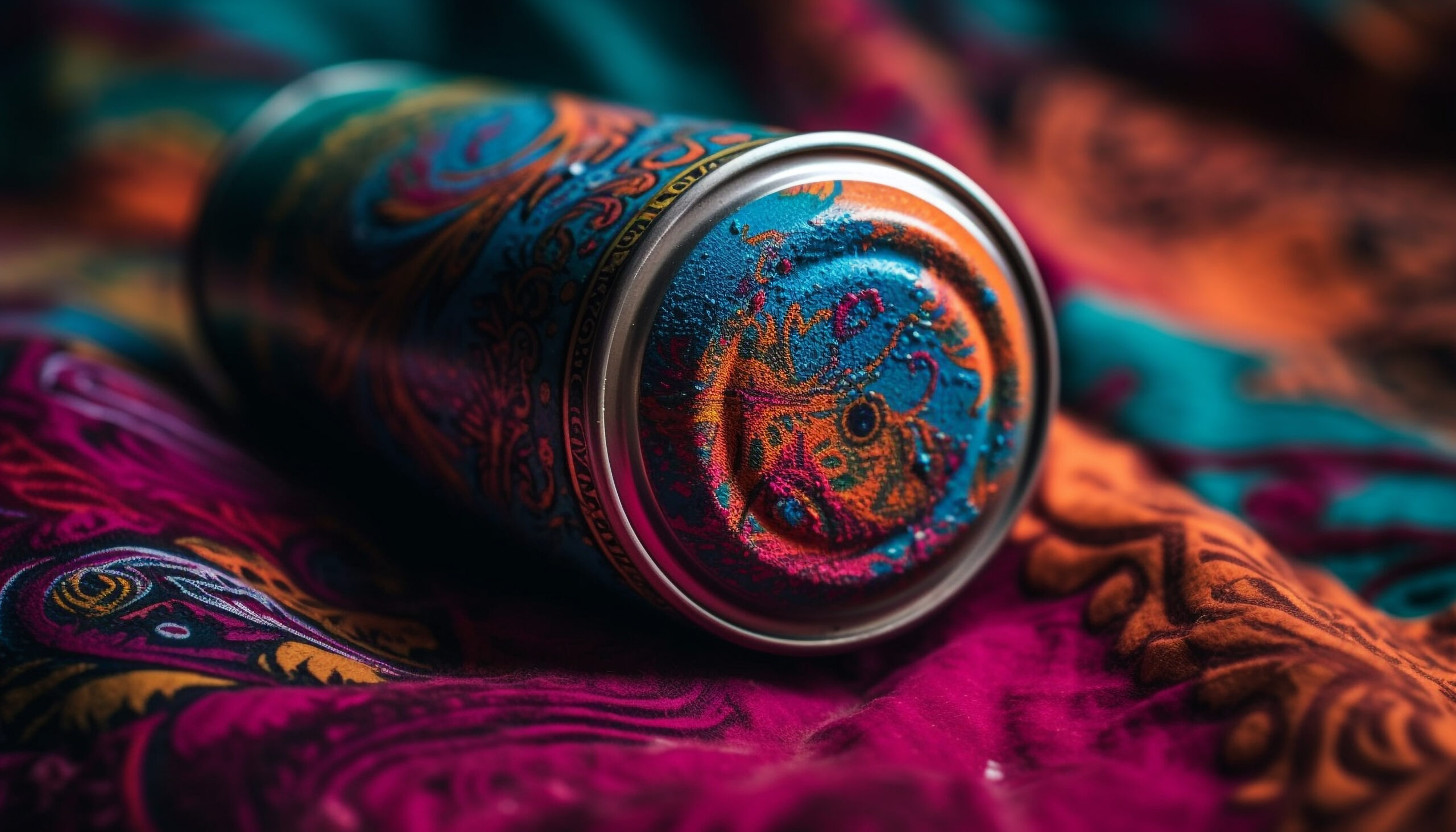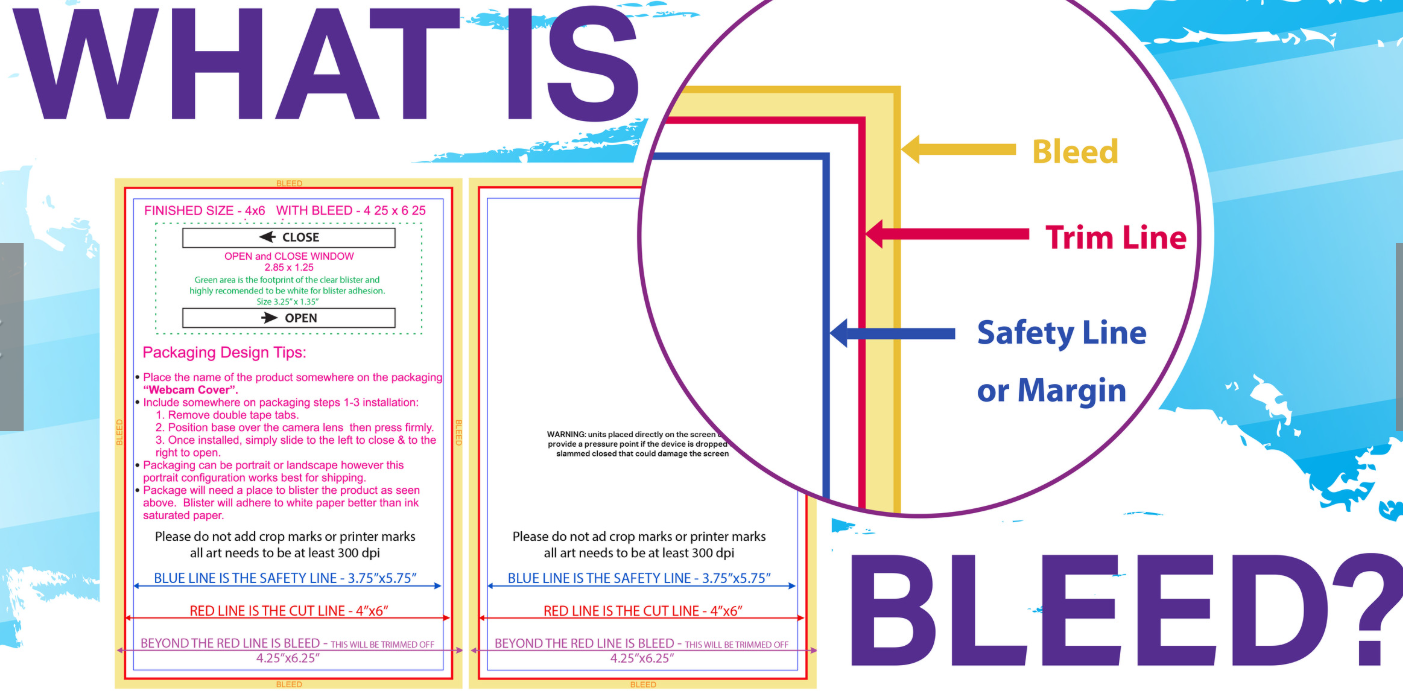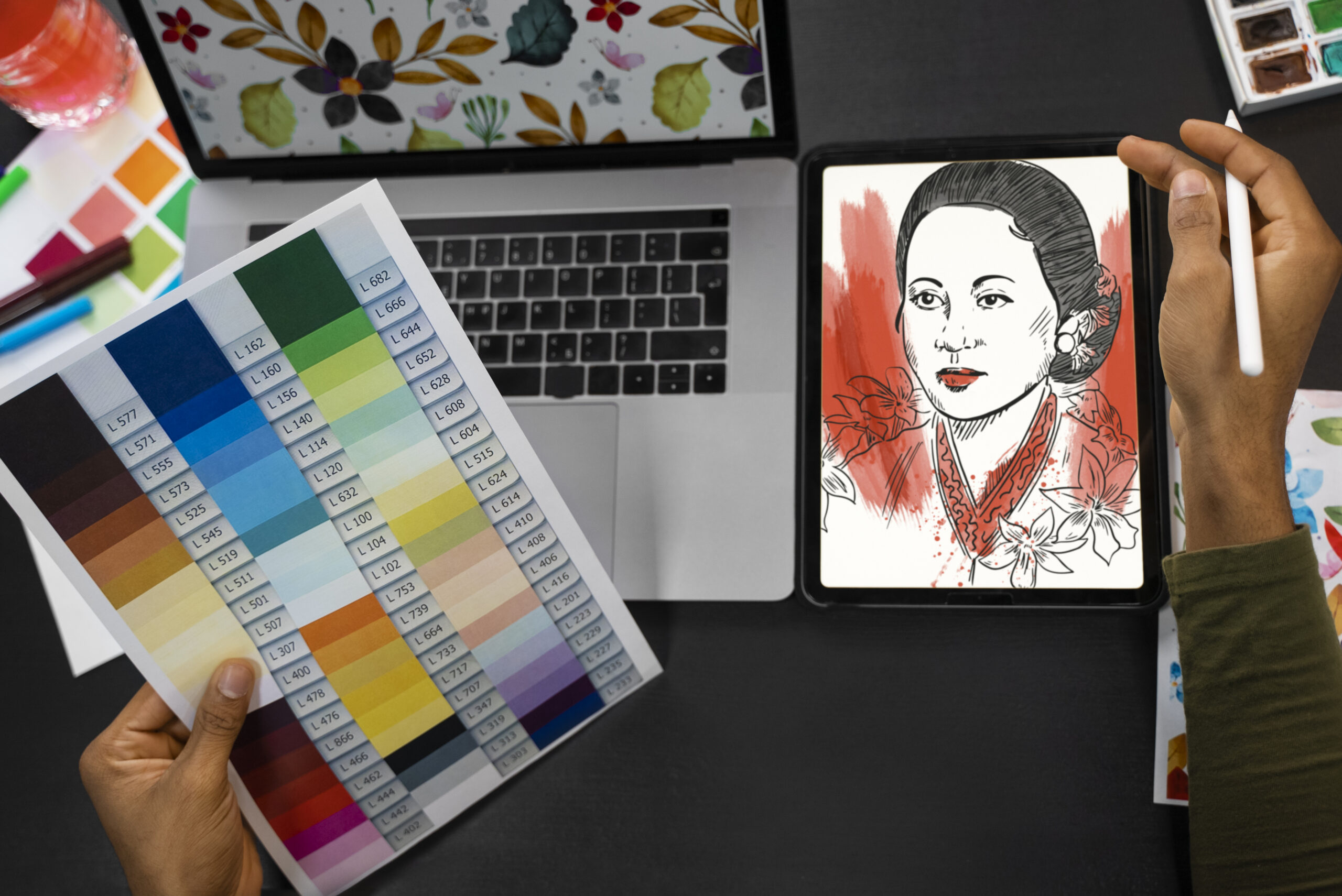Introduction: Variable Data Printing (VDP) is a digital printing technology that allows for the customization of printed materials by altering text, images, and other design elements without slowing down the printing process. This technology is instrumental in marketing, direct mail campaigns, and personalized packaging, making print materials more engaging and relevant to the recipient. What …
More-
Variable Data Printing
-
Difference Between Binding and Finishing
What is the Difference Between Binding and Finishing in Printing? Regarding print production, two terms you’ll often hear are binding and finishing. While they’re closely related, they refer to different stages of the printing process that contribute to the final product’s quality and appearance. Understanding the difference between binding and finishing can help you make …
More -
Spot UV Coatings
What Are Spot UV Coatings and How Do They Enhance Print Designs In the world of printing, small details often elevate a design from good to outstanding. One such detail is Spot UV coating, a technique that adds a glossy, eye-catching finish to specific areas of your print material, making it stand out in the best …
More -
Importance of Print Alignment
The Importance of Print Alignment: Why It Matters for Professional Quality Imagine holding your printed materials in your hands—a business card, a brochure, or a poster. The last thing you want to notice is that the text or images seem off-center or misaligned. This is where print alignment comes into play. Proper alignment ensures your …
More -
Role of Varnishing
The Role of Varnishing in Enhancing the Look of Printed Materials When it comes to making your printed materials stand out, sometimes the little things make the biggest difference. One such little thing is varnishing—a finishing technique that can completely transform the appearance of your printed designs. But what exactly is varnishing, and how does …
More -
Bleed in Printing
How to Use Bleed in Printing to Ensure a Perfect Cut When preparing a design for printing, you might have heard the term bleed thrown around. But what does it mean, and why is it crucial to your printed materials? Simply put, bleed is the extra space added around your design to ensure that your …
More -
Understanding Color Gamut:
How It Affects Your Printed Materials When working on print projects, one crucial factor that influences the final result is the color gamut. Whether you’re designing a logo, brochure, or product packaging, understanding how color gamut works can significantly affect the quality and consistency of your printed materials. A color gamut refers to the range …
More -
Spot Color
When designing for print, achieving the perfect color is crucial to creating an impactful and professional product. That’s where spot color comes in. Spot color is a unique way of applying color to printed materials, ensuring vibrant, accurate, and consistent results. But what exactly is it, and how does it enhance print design? Unlike the …
More -
CMYK vs RGB
When it comes to creating vibrant designs, color is everything. But did you know that the colors you see on your screen may look different when printed? That’s because printers and screens use two different color models: CMYK and RGB. Let’s break down these two color models to understand how they work and why it …
More

